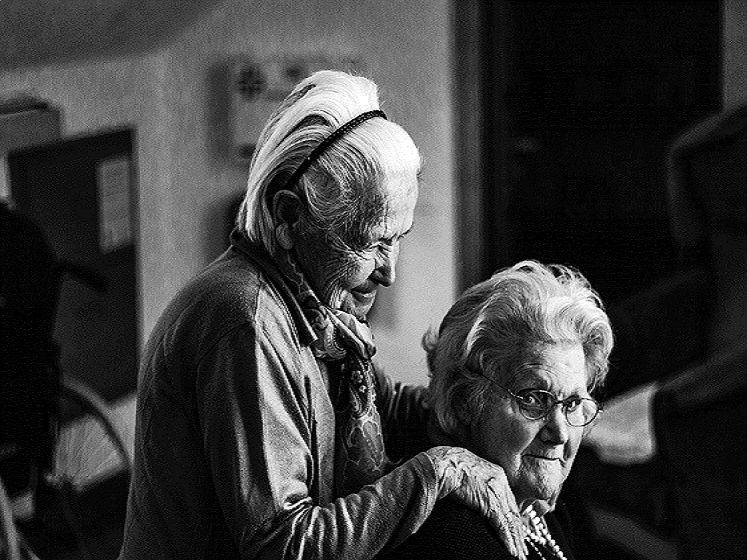
The number of adults aged 85 plus needing round-the-clock care in England will almost double to 446,000 over the next 20 years, according to new research from the LSE-led MODEM study, published in the Lancet Public Health.
The study also shows the number of over-65s requiring continuous care will rise by more than a third to over 1 million in the same time period.
The estimates predict an increasing number of people living into old age with multiple long-term conditions, with the majority (80 per cent) of older adults with dementia, and in need of substantial care in 2035, likely to have two or more other diseases.
As part of the MODEM study, funded by the Economic and Social Research Council and the National Institute for Health Research, the findings highlight the importance of ensuring health and social care services adapt to the unprecedented needs of an increasing older population with complex care needs.
Commenting, Adelina Comas-Herrera, an Assistant Professorial Research Fellow at the Personal Social Services Research Unit at LSE said: “These projections highlight the urgency of ensuring we have health and social services that are capable of adequately meeting the needs of more people with complex needs.
“For example, by 2035, most people living with substantial dependency and dementia will also be living with two or more other chronic diseases. Their needs are unlikely to be adequately met without improved coordination and better understanding of how dementia affects the management of other long-term conditions. These projections also add to growing evidence that relying on families and other unpaid carers more than we do currently is not sustainable”.
Little research has been done into how levels of dependency might change for different generations of older people and forecasts of future care needs remain poorly defined due to limitations of previous models including limited information about key socio-demographic and lifestyle factors and chronic conditions that impact disability and dependency.
To improve the precision of social care need forecasts, researchers from LSE and Newcastle University developed the Population Ageing and Care Simulation (PACSim) model which accounts for multiple risk factors for dependence and disability. This includes a wide range of socio-demographic factors (such as level of education) and health behaviours (such as smoking status), as well as 12 chronic diseases and geriatric conditions such as coronary heart disease, diabetes, cancer and depression.
Using longitudinal data from three large nationally representative studies of adults (aged 35 and older), the study modelled future trends in social care needs for the population aged 65 years and older in England between 2015 and 2035, according to varying levels of dependency.
Estimates suggest the number of people aged over 65 will increase by just under 50% from 9.7million in 2015 to 14.5 million in 2035, and highlight the very differing future care needs of men and women.
Life expectancy for men aged 65 is projected to rise by 3.5 years to 22.2 years and the average number of years spent independent is expected to increase by 4.2 years while time spent living with substantial care needs is likely to decline.
In contrast, the average life expectancy for women at 65 will increase by 3 years to 24.1 years and the average number of years spent independent is expected to rise by less than a year. Women will spend almost half of their remaining life with low dependency needs such a help with activities like washing and shopping, alongside a small increase in years requiring 24-hour care (from 2 years in 2015 to 2.7 years in 2035).
Commenting, lead author Professor Carol Jagger, from the Newcastle University Institute for Ageing, said: “Over the next 20 years, although young-old cohorts (aged 65-74) are more likely to enter old age independent, the proportion with multi-morbidities is projected to rise with each successive cohort, and this will result in a greater likelihood of higher dependency with further ageing. However, trends for men and women are likely to be very different, with women experiencing more low level dependency than men, highlighting the importance of focusing on disabling long-term conditions such as arthritis that are more common in women than men.”
For a copy of the study please visit: http://www.thelancet.com/journals/lanpub/article/PIIS2468-2667(18)30118-X/fulltext